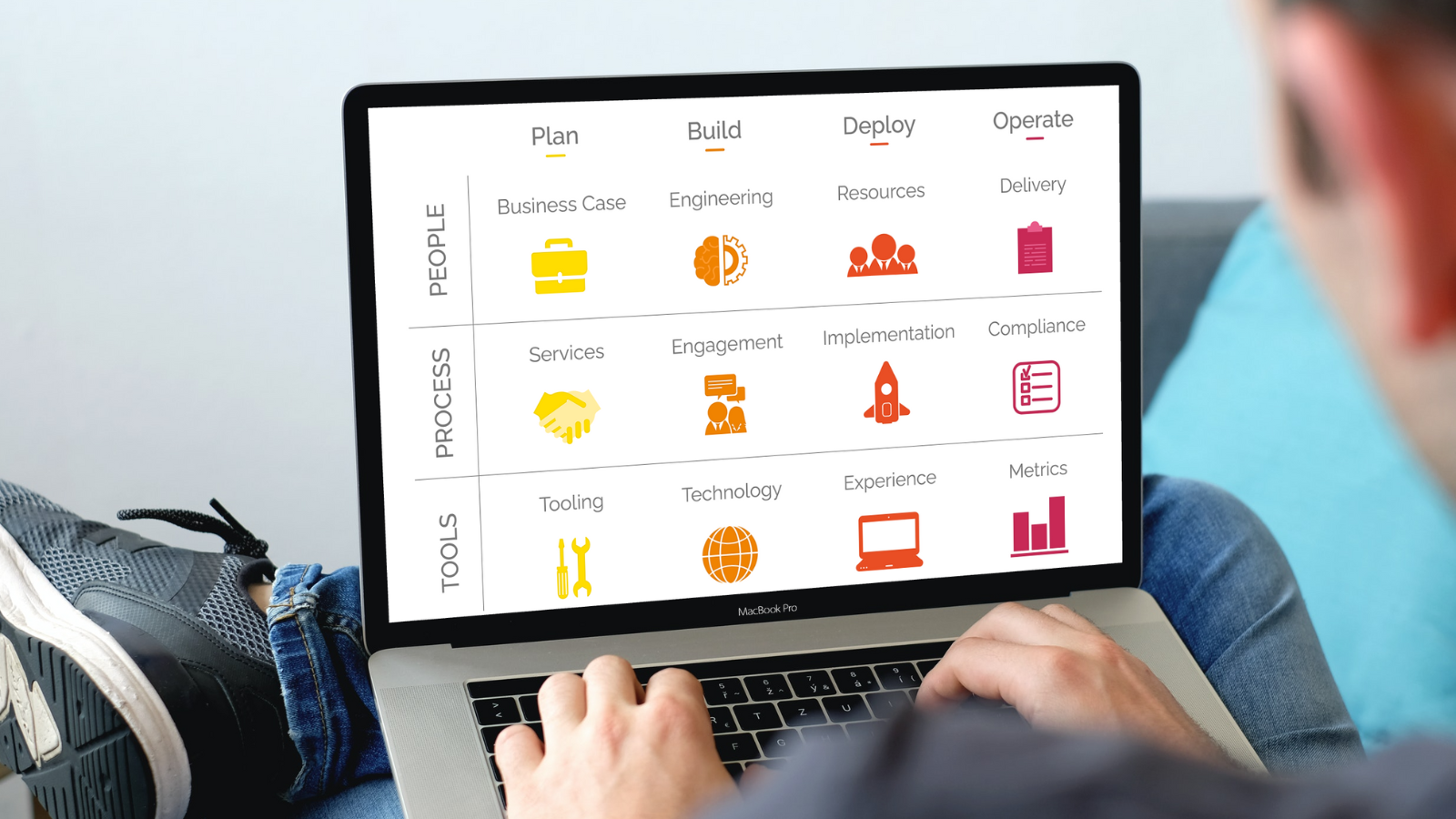The Impact Of Windows Virtual Desktop On Your App Management Strategy
May 27th, 2021
4 min read
By Barry Angell

Windows Virtual Desktop (WVD) is a super hot topic with our customers right now as it promises to enable Work-From-Anywhere strategies securely and productively while drastically reducing the licensing and infrastructure costs required versus previous cloud desktop offerings. It also simplifies IT management and keeps your applications and users more secure as there are fewer opportunities for vulnerabilities.
But what many organizations don't understand until they are committed is that moving onto this new Microsoft virtualization offering has big implications on your application management strategy. Without technology like WVD, organizations would be stuck creating several gold images and testing applications against multiple OS environments, resulting in a constant struggle to keep track of constant updates, version control, etc. for on-premise applications.

How/Why Windows Virtual Desktop (WVD) Changes Your App Management Strategy
In recent years, enterprises have found themselves using traditional app management while implementing cloud services as well. While at first there was resistance to use cloud technology for security and privacy reasons, especially in the finance field, it has become clear that any organization that wants to be competitive needs to extend their cloud usage. This is especially true over the last year with the Covid-19 pandemic and work from home orders.
Having cloud services such as Office 365 and Zoom, which constantly need updates, mixed into a traditional suite of apps on a traditional gold OS image, which aren't updated frequently, can cause application management headaches. Especially, if the cloud apps don't automatically update without user permission, you run the risk of cyber security issues, possible user issues, and new features that put you at a competitive disadvantage.
Adopting to a full cloud-based/virtual offering takes away the burden of IT to have to constantly manage thousands of PCs to the latest release of an application. In fact, as we will discuss later in the post with app attach, with the possibility to have applications that exist separate from the user and OS, the potential for conflicts and issues is minimal. There is a shift of the burden to keep apps running, up to date, and secure to the software providers instead of your IT department. This frees up your IT resources so they can focus on preparing for the future of digital innovation instead of worrying about keeping things running day-to-day.
Understanding Your Application Estate
Because application management has to be approached, planned, and managed differently, you have to consider your current application portfolio to determine the feasibility and cost of migrating before moving onto Windows Virtual Desktop. Find out:
- How much of your application estate is custom or proprietary?
- What percentage of your workforce is using those custom/proprietary apps?
- Is it difficult to change those apps, i.e., work with the developer?
- How high is the cost to make necessary changes, i.e., modernize?
- How much of your portfolio is 3rd party software that exists in MSI format and needs to be updated to MSIX.?
- How much is already a native cloud Microsoft product like Office 365, or an on-premise Microsoft product like Office 2016 that will need to be updated and tested for issues, i.e., macros, add-ins, etc.?
- Is your organization still on Windows 7 and paying for extended support (which is free on WVD)?
- Or are you on Windows 10 and struggling to keep up with migrating to the new version before support runs out for the version you are on?
You also need to understand how many employees are actually using all of these applications. For instance, a financial app that is neither suitable for nor easily migrated to WVD might mean that certain members of the finance department have to remain with a traditional on-premise system. However, if the majority of the finance department has the app but never uses it, that app can be rationalized and they can migrate to WVD.
Using Dashworks, you can assess your IT environment for the different types of apps listed above, rationalize unused or unnecessary apps, and break down apps by user, team, group, department, location, building, etc. So if problematic apps are found in a certain group or location, it becomes easier to see if moving them onto WVD is an option worth exploring, or if staying traditional is the best course of action. With Juriba's AppM product you can also easily see which applications can be converted to package formats like MSIX that are natively supported with WVD.
User Suitability
Another aspect to consider when moving onto Windows Virtual Desktop is the amount of storage and CPU power needed since it will be cloud-based and hosted on Azure. The strategy of some enterprises in the past was to buy high-end machines for every user, as that was a one-time cost for every hardware cycle and there wouldn't be a worry about a device not being powerful enough to run the necessary apps.
However, using a similar strategy on Windows Virtual Desktop will be costly and unnecessary, as one of the advantages of WVD is the ability to scale up and down as needed. Using Dashworks to gauge how many apps are actively being used — so that when it comes time to put users into groups based on how powerful the virtual offering they need is — can result in significant subscription cost savings.
Managing Your Apps Going Forward
Once you have decided on a strategy for how much of your organization will be on WVD, you will need to virtualize the appropriate apps, turning them into an MSIX, app attach, VHD, etc. This is where your application management has significant changes.
Modernizing your existing apps into MSIX format has the advantages of reducing disk size and necessary bandwidth, and allowing old and new apps to be packaged and platform-independent. Taking it one step further, using app attach, you are creating an application outside of the user's virtual machine, which attaches to a user's device as needed. With app attach, the application exists independent (containerized) of the user data and OS being used. There is also no need to repackage these apps when delivering them dynamically, which results in less infrastructure and fewer associated costs.
With the advantages of app attach, when employees are transferred, hired, and terminated, an organization can easily assign to each user the applications they need — all on a virtual machine that is sufficient for their CPU needs. Users will not experience a loss of productivity or feel a "slow down" from their machine.
Conclusion
With both app attach and Windows Virtual Desktop now generally available, and Windows 10 and Office 365 keeping to their fast cadence of version upgrades, enterprises have no choice but to modernize their software, hardware, and infrastructure. However, proper planning and analysis of their current users, systems and applications is key to driving successful digital transformation.
Barry is a co-founder of Juriba, where he works as CEO to drive the company strategy. He is an experienced End User Services executive that has helped manage thousands of users, computers, applications and mailboxes to their next IT platform. He has saved millions of dollars for internal departments and customers alike through product, project, process and service delivery efficiency.



![What is a Digital Workplace? [Definition]](https://blog.juriba.com/hs-fs/hubfs/What%20is%20a%20Digital%20Workplace%20%5BDefinition%5D.jpg?width=1600&height=900&name=What%20is%20a%20Digital%20Workplace%20%5BDefinition%5D.jpg)





















